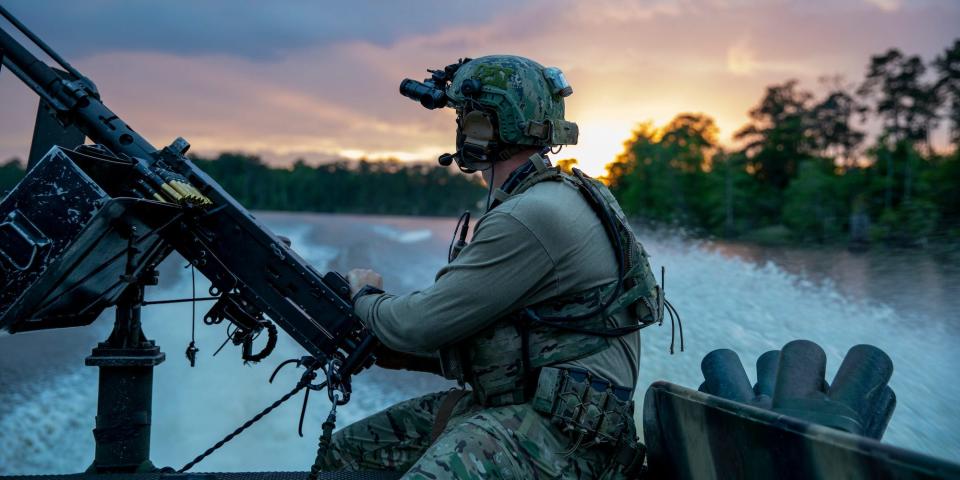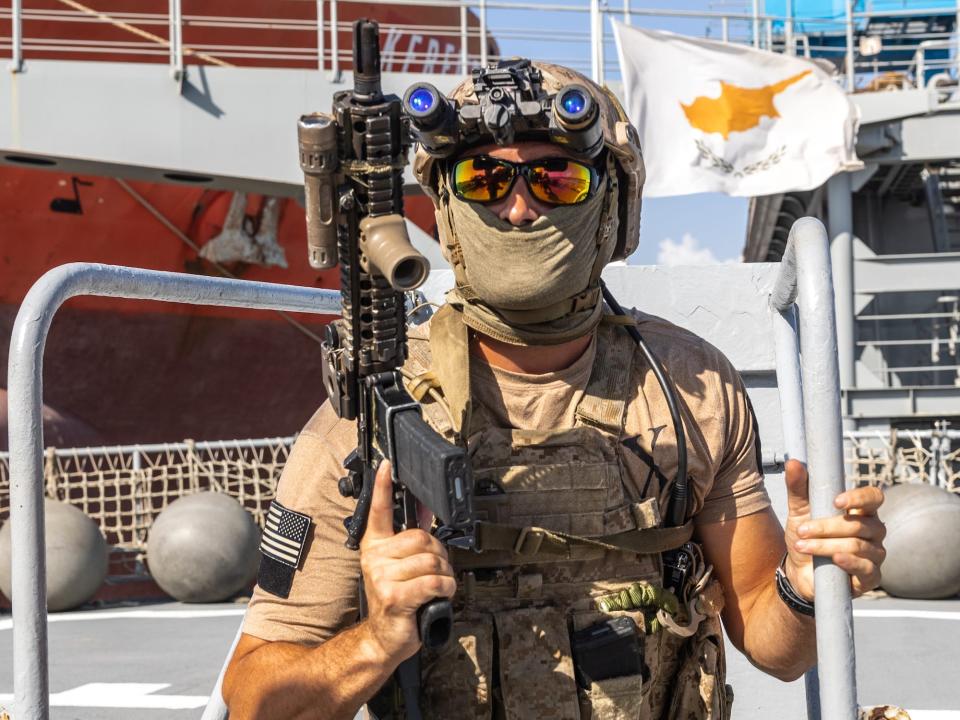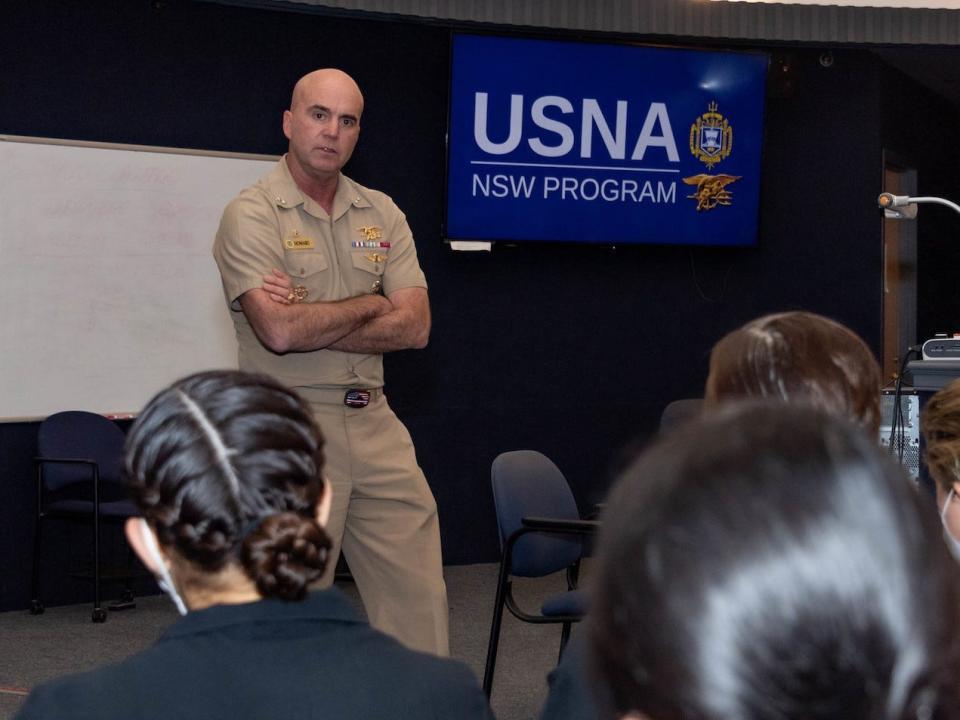The Navy is tasking 'combat-ready' SEALs to develop new ways to take on 'the most stressing hard targets'

US special operators are adjusting to new roles as the military shifts to great-power competition.
For Naval Special Warfare Command, that means updating its tactics, techniques, and procedures.
Some combat-ready SEALs are now working to solve "key operational problems," the top SEAL officer wrote recently.
The US Navy SEALs are developing new ways to remain relevant and prepare for near-peer warfare against China or Russia.
After two decades of counterterrorism and counterinsurgency operations in the Middle East, Africa, and Southeast Asia, US Naval Special Warfare Command is going back to the drawing board to come up with new or updated tactics, techniques, and procedures to take on the most difficult targets.
Naval Special Warfare Command in is the naval component of US Special Operations Command and is composed of Navy SEALs and Navy Special Warfare Combatant-Craft crews.

The SEAL component of Naval Special Warfare is composed of 10 "regular" SEAL Teams — eight active duty and two reserve — two SEAL Delivery Vehicle Teams, which operate stealthy mini-submarines, and two Special Reconnaissance Teams.
The Naval Special Warfare Development Group — formerly known as SEAL Team 6 — operationally falls under the secretive Joint Special Operations Command.
The SWCC component is composed of three Special Boat Teams that specialize in maritime direct action, maritime special reconnaissance, inserting and extracting other special-operations forces, and Visit, Board, Search, and Seizure operations.
Rear Adm. Hugh W. Howard III, commanding officer of Naval Special Warfare Command, described how his Navy SEAL Teams and Special Boat Teams carrying out this shift in a recent article for the US Naval Institute's Proceedings magazine.
Developing new concepts

Typically, all available Naval Special Warfare combat-ready units are deployed overseas.
However, the head of Special Operations Command, Army Gen. Richard Clarke, recently decided to hold about one-third of combat-ready Navy SEAL platoons and SWCC boat detachments in reserve for "experimentation, concept development, and high-return deploy-for-purpose (DfP) missions," Howard wrote.
The reserve elements in deploy-for-purpose status "increase our agility to respond to crises around the globe and — perhaps most critical — provide combat-ready forces to experiment and generate new concepts at lower training risk after they have mastered core mission-essential tasks," the top SEAL officer wrote.
"Allowing combat-ready forces to experiment with new tactics, techniques, and procedures for the most stressing hard targets and environmental conditions is helping answer the Navy's and joint force's key operational problems," Howard added.

 Yahoo Autos
Yahoo Autos 